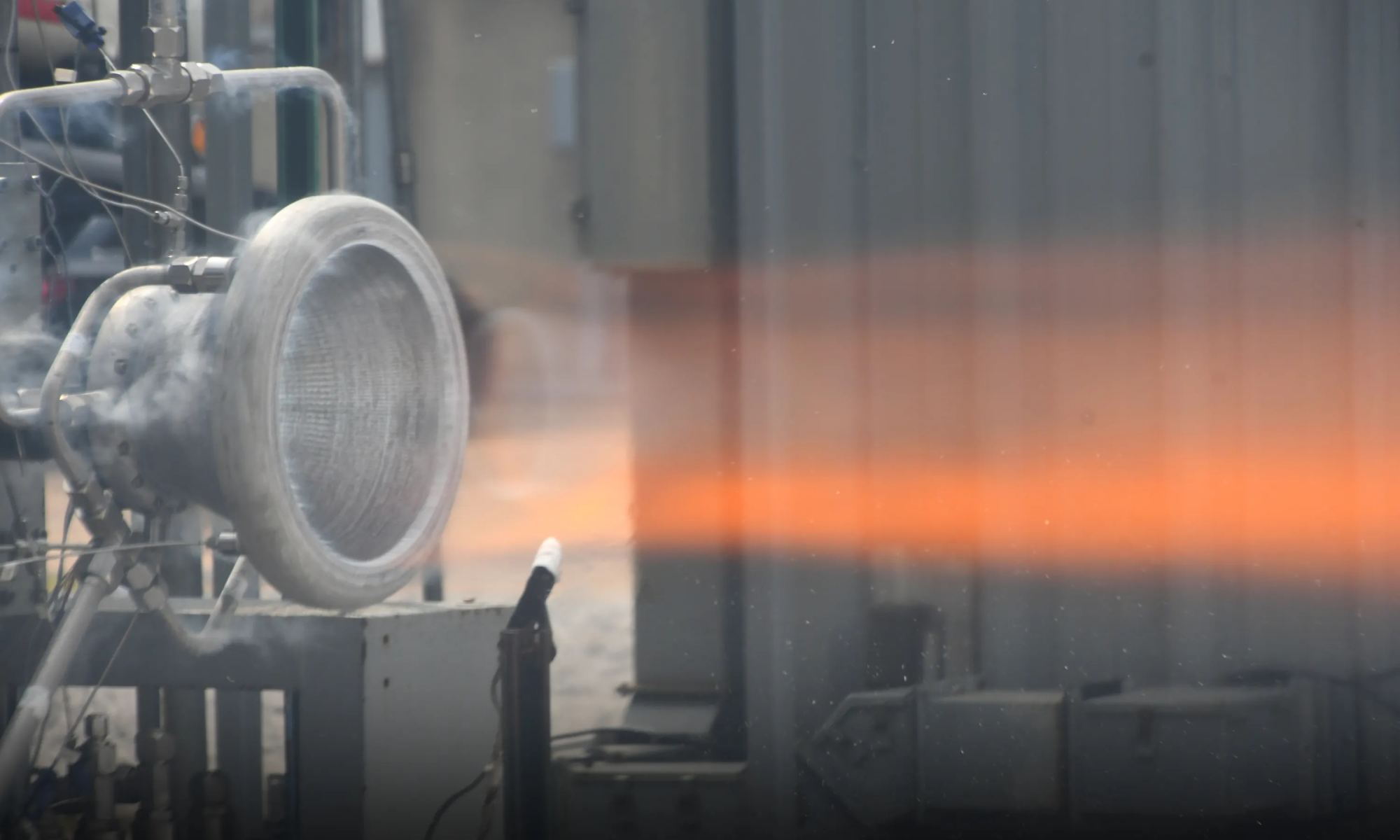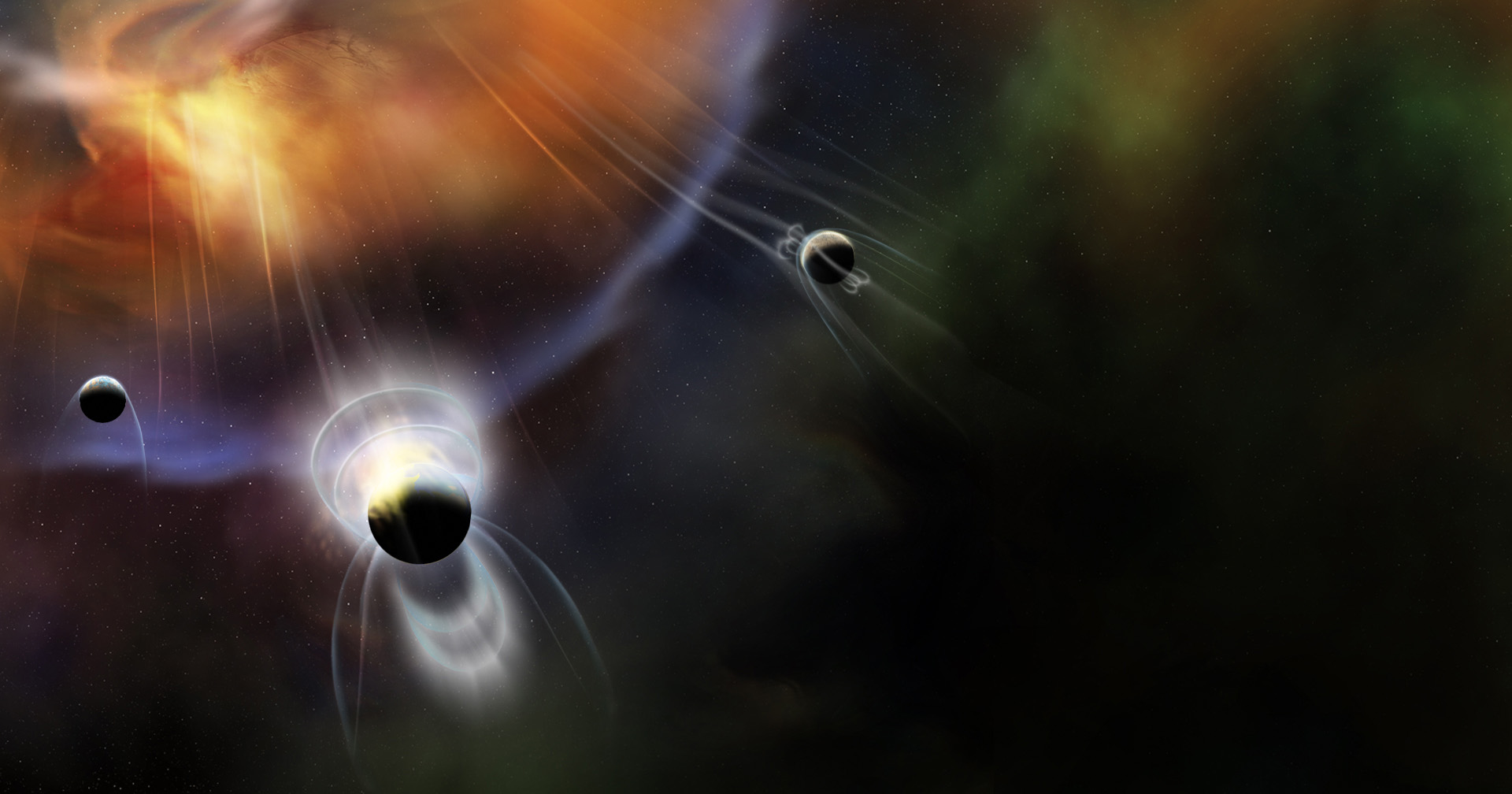Looking to the future, NASA is investigating several technologies that will allow it to accomplish some bold objectives. This includes returning to the Moon, creating the infrastructure that will let us stay there, sending the first crewed mission to Mars, exploring the outer Solar System, and more. This is particularly true of propulsion technologies beyond conventional chemical rockets and engines. One promising technology is the Rotating Detonation Engine (RDE), which relies on one or more detonations that continuously travel around an annular channel.
In a recent hot fire test at NASA’s Marshall Space Flight Center in Huntsville, Alabama, the agency achieved a new benchmark in developing RDE technology. On September 27th, engineers successfully tested a 3D-printed rotating detonation rocket engine (RDRE) for 251 seconds, producing more than 2,630 kg (5,800 lbs) of thrust. This sustained burn meets several mission requirements, such as deep-space burns and landing operations. NASA recently shared the footage of the RDRE hot fire test (see below) as it burned continuously on a test stand at NASA Marshall for over four minutes.
Continue reading “NASA Tests Out 3D-printed Rotating Detonation Rocket Engine!”


